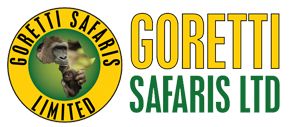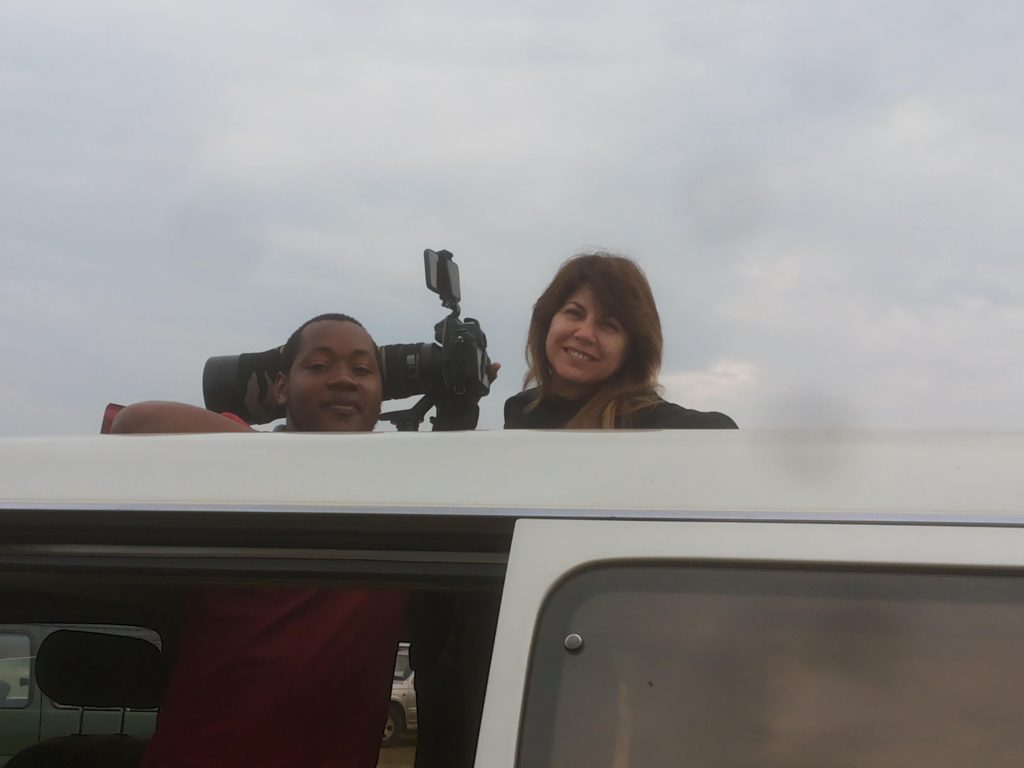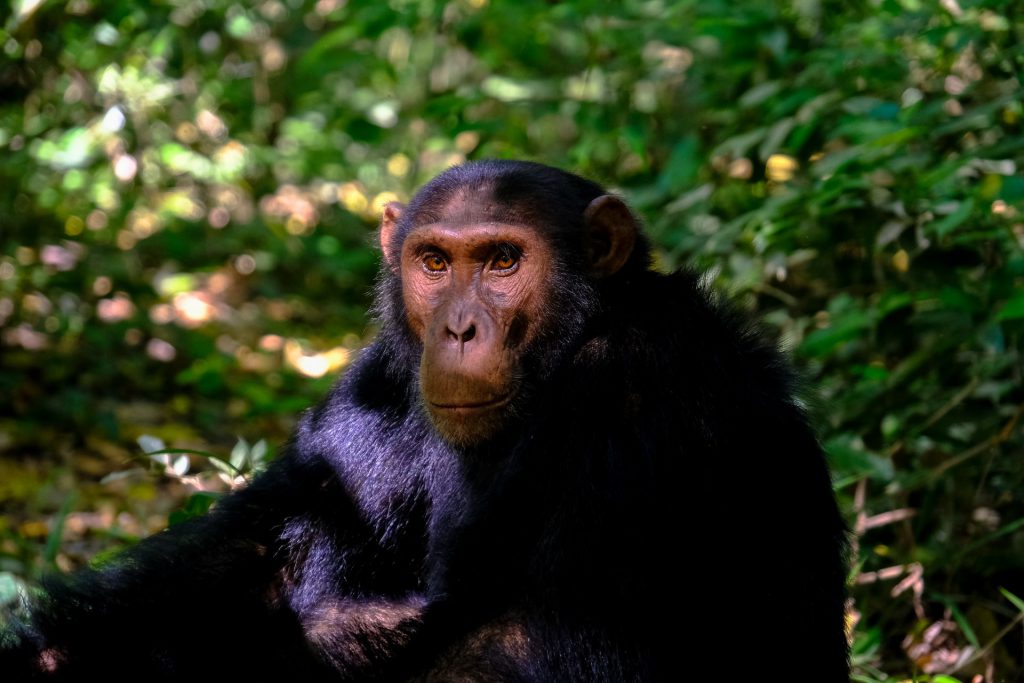The genesis of Kibale Forest National Park dates back to the early 1940,s when it was gazette as a government Forest Reserve. The forest park sits on a total area of 795sqkms with an elevation ranging from 1,100m – 1,590m above sea level. This varying altitude supports a diversity of wildlife because its characterized by savannah on the rift valley floor, woodland and wet-tropical forests.
Kibale Forest N.P. is a hub for scientific research and findings over time indicate that there are 331 tree species with some trees hitting the height of 55m and longevity of 200years. Special tree species include Ptyregota, Funtu-mia, Entandrophragma, Piptadeniastrum Africana, Gate trees and the ‘Naked Adam Tree” among others. With a mean annual temperature of 14 -27◦C and rainfall of up to 1,700mm, the climate supports the magnificent greenery that the park holds.
With 13 recorded primate species, Kibale Forest National Park is endowed with the highest diversity and concentration of primates in Africa. Chimpanzees are the highlight of the primate world in Kibale! The closest relatives to human beings, chimpanzees in Kibale are estimated to be about 1450 individuals.
Other primates include the L’hoest monkey, highest concentration of Red Colobus Monkeys in East Africa, black & white colobus monkeys, blue monkey, grey-cheeked mangabey, red tailed monkey, olive baboon, bush baby and potto.
Kibale Forest is also a birding hotspot! With 372 recorded bird-species, six of which are Albertine Rift Endemics, bird enthusiasts find the park an Eden of birds. The black-capped Apalis, blue-headed sunbird, collared Apalis, Dusky crimsonwing, Purple-breasted Sunbird and Red-faced woodland Warbler. Other bird-species are African Pitta, Green-breasted Pitta, Black Bee-eater, Yellow-spotted Nicator, Yellow Rumped tinker bird, Little geenbul, Black-eared Ground Thrush, Brown-chested Alethe, Blue-breasted Kingfisher, Abyssinian Ground-thrush and the Crowned Eagle.
The park is home to other wild animals including elusive Forest Elephants, Forest Buffalos, Antelopes, Leopards, Heynas, Hippos, Bush Pigs and Duikers among others.
The genesis of Kibale Forest National Park dates back to the early 1940,s when it was gazette as a government Forest Reserve. The forest park sits on a total area of 795sqkms with an elevation ranging from 1,100m – 1,590m above sea level. This varying altitude supports a diversity of wildlife because its characterized by savannah on the rift valley floor, woodland and wet-tropical forests.



